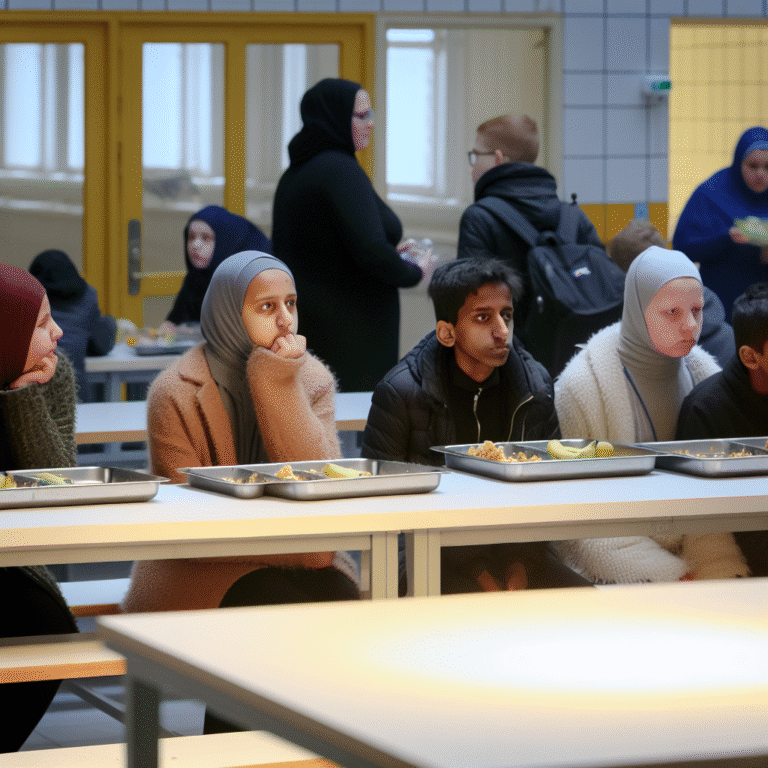Decline in School Lunch Participation Raises Concerns Among Educators
In a startling revelation from the latest School Health Survey conducted by Finland’s public health authority, THL, nearly half of the teenagers surveyed admitted they do not partake in the free school lunch provided every day. Notably, female students are particularly inclined to skip this meal.
The findings indicate a significant shift in eating habits among eighth and ninth graders, with only slightly more than half consuming the free lunches regularly—a decline from over 60 percent just two years ago.
While the national initiative to provide free school lunches dates back to 1948—when Finland became the first country to implement such a program to combat post-war child malnutrition—it has emerged as a defining characteristic of the Finnish education system. However, the diminishing enthusiasm for these meals has left schools and researchers pondering the underlying issues.
“The overall quality and taste of the lunches have received worse ratings compared to previous years,” remarked Susanna Raulio, THL’s research director. “While this may explain some of the trend, the data doesn’t clarify why these changes disproportionately affect girls.”
A Complex Web of Reasons
Multiple factors influence students’ decisions to forgo school lunches. Peer pressure appears to be a notable contributor, as some students opt out if their friends do the same. Others prefer snacks brought from home or take advantage of mealtime during home economics classes. Compounding this is the often early lunchtime—sometimes as early as 10:30 a.m.—when many teens simply aren’t hungry.
Raulio highlighted a shift in young people’s perceptions of ordinary home-cooked meals, observing that the allure of ready-made and fast-food items has grown. Less than half of students in the survey believed school food tastes good. Complaints about long lines and noisy cafeterias have also emerged from the teenage demographic.
Marjaana Manninen, a counselor at the Finnish National Agency for Education, noted that the evolution of the school system over recent decades plays a substantial role. The consolidation of schools due to funding cuts has resulted in fewer, larger institutions that struggle to accommodate growing student bodies. As a result, many schools only have a single dining area catering to both students and staff.
Manninen suggested reevaluating dining space and serving line configurations to ensure students can access their meals in a timely manner. She expressed concern over the ramifications of skipped meals, especially since many students also forgo breakfast. “In that case, the daily meal rhythm is disrupted,” she stated.
Combating the Snackification Trend
The National Agency for Education has set an ambitious target for the future: to ensure every student partakes in a school meal daily by 2030. These free lunches are seen as crucial not only for enhancing students’ stamina and overall health but also for fostering social skills and an appreciation for diverse cuisines.
The agency is keen on conducting thorough research to understand the motivations behind the declining participation in school lunches, emphasizing the need for collaboration among municipalities, school staff, food service providers, parents, and, perhaps most importantly, the students themselves.
Raulio highlighted a cultural aspect of the issue, noting how parental habits can influence choices. “For instance, parents often give their children money to buy pastries from local bakeries. Additionally, they may carry their own food-related memories that don’t mesh with today’s realities.”
The conversation around school lunches is complex, touching on educational, social, and cultural dimensions that warrant attention as stakeholders work towards revitalizing this cornerstone of Finnish education.



